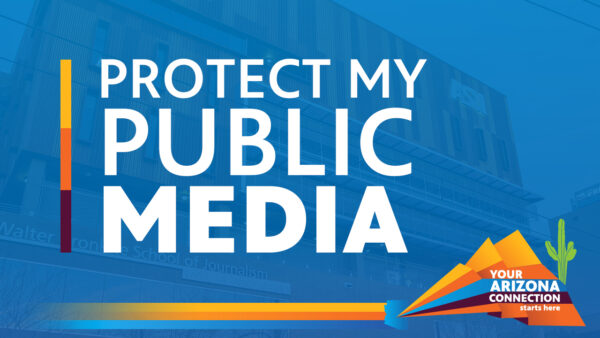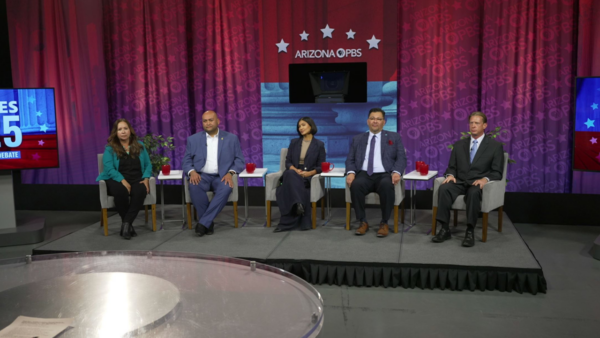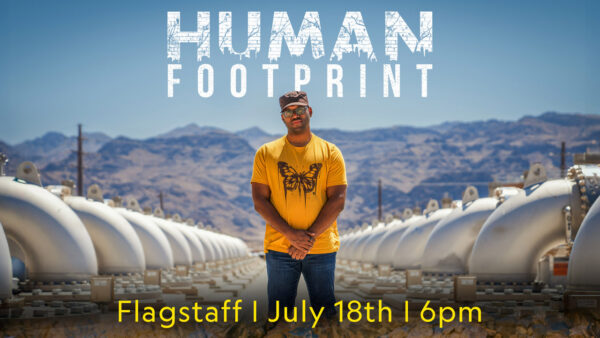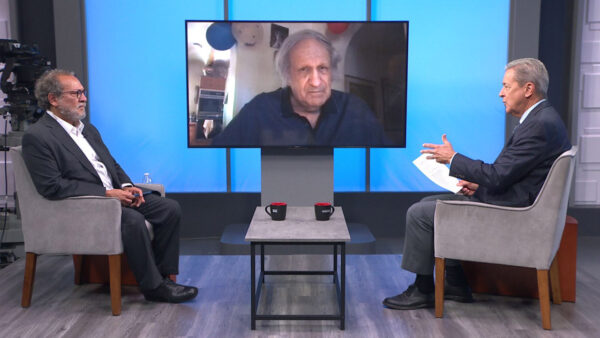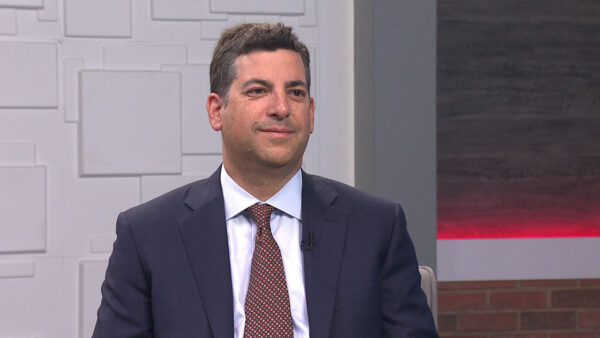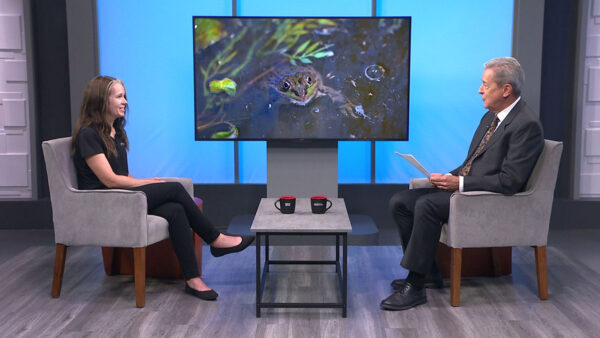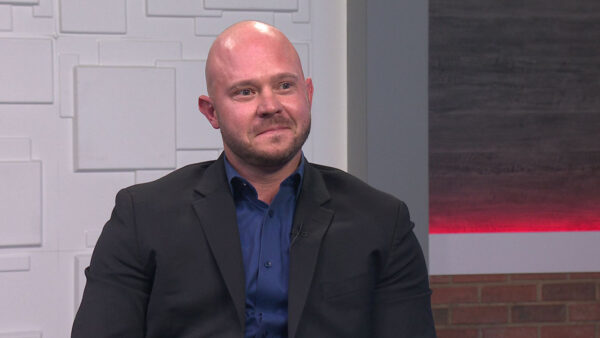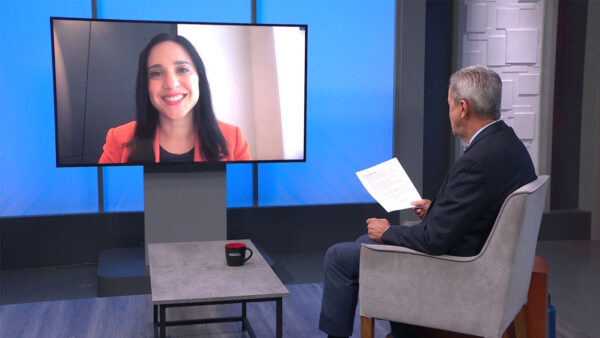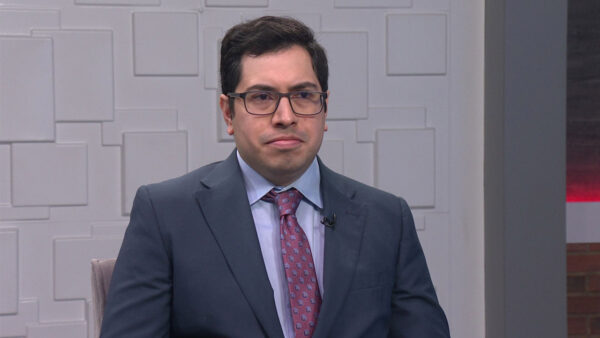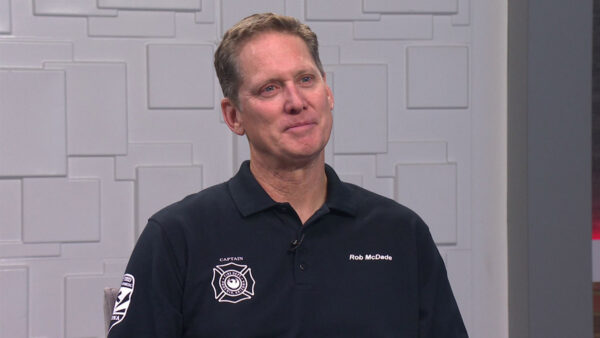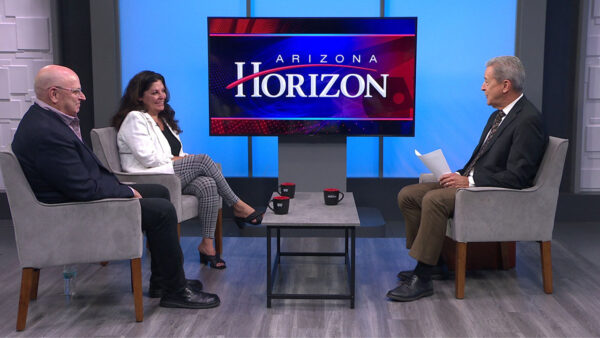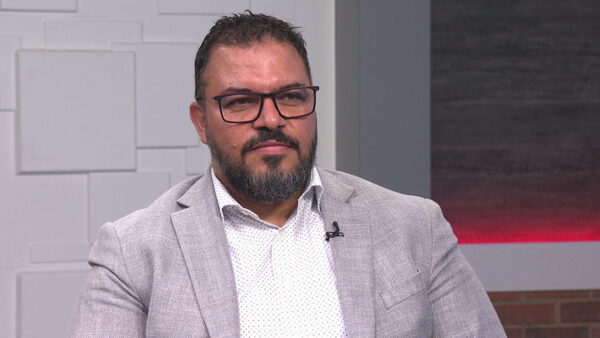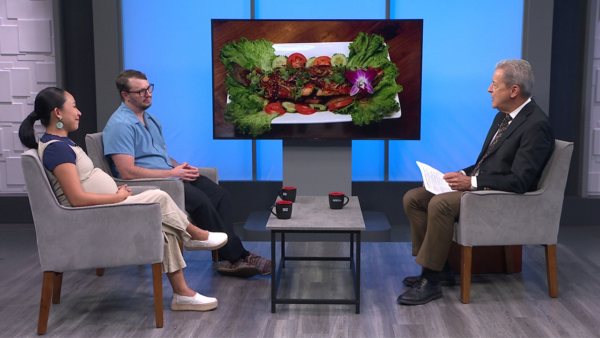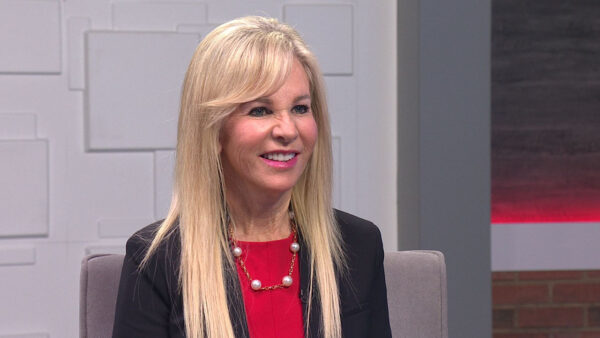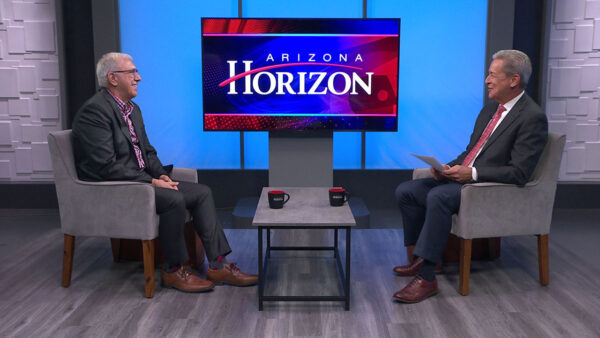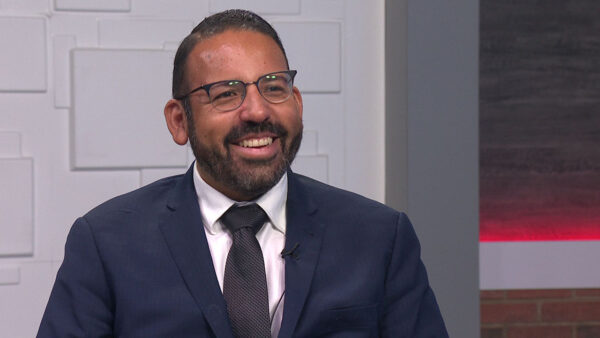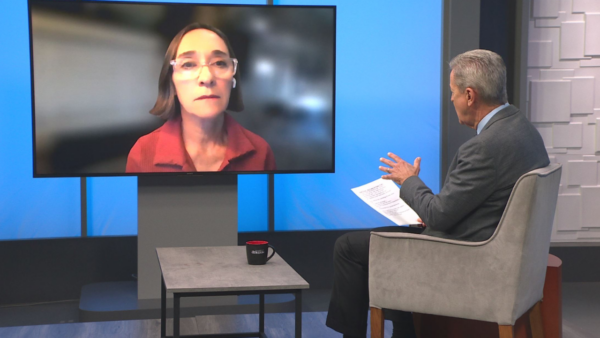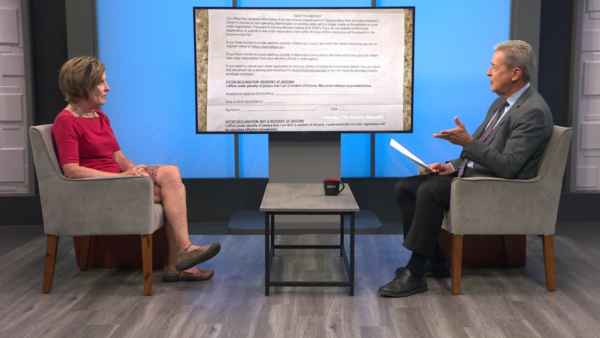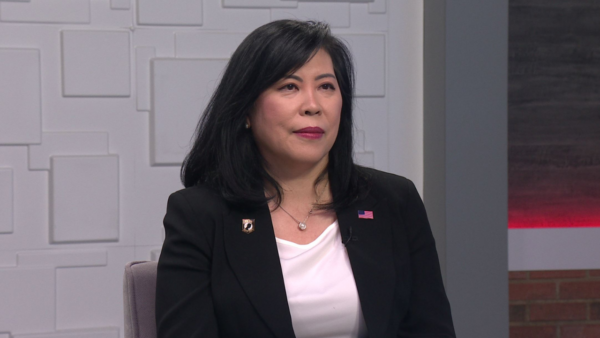New research warns Phoenix residents of limited ER care in heatwaves and blackouts
June 28, 2023
A report in The New York Times has raised concerns about what would happen if a multi-day power outage struck Phoenix during a heatwave.
The study suggests nearly half the population would require emergency department care for heat stroke or other heat-related illnesses. Since 2015, the number of major blackouts nationwide has more than doubled. At the same time, climate change is helping make heat waves worse and increasing instances of extreme weather around the world.
Associate Professor Matei Georgescu at Arizona State University’s School of Geographical Sciences and Urban Planning is one of the authors of the study and joined Arizona Horizon to speak about the background and findings. Dr. Frank LoVecchio, Medical Director of Clinical Research at ASU’s College of Health Solutions, spoke about whether this is likely and what emergency rooms would need to do to handle this type of crisis.
What are the details of the report?
“We’re looking at up to five days for some neighborhoods not having absolutely any power, but some power is restored within the first 48 or so hours. And after that, incrementally ramping up to about five days where 100% of the metropolitan area has power,” Georgescu said.
About half the population would need ER care in this situation.
“We’re talking about mostly elderly, those with comorbidities, and as we know Phoenix doesn’t have that number of hospital beds, so it’s something to be concerned about,” Georgescu said.
Over 3,000 people in Phoenix would die if this were to occur.
“Our ERs would be overwhelmed, many fold higher than the amount of beds that we have. I think we predicted 13,000 visits a day or so, and we have 3,000 beds in greater Maricopa County. We would be overwhelmed, but we have to adapt like we did during COVID. We’d have to go with outdoor tents, misters, that sort of thing,” Dr. LoVecchio said. There are also generators to provide a certain amount of power.
We would see a lot of problems in downtown Phoenix, Dr. LoVecchio said, because there is a high homeless population.

